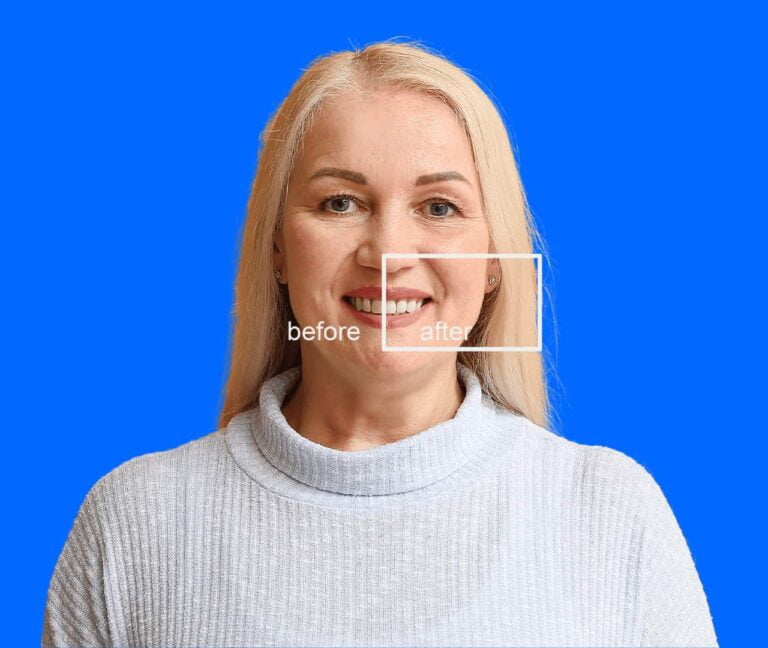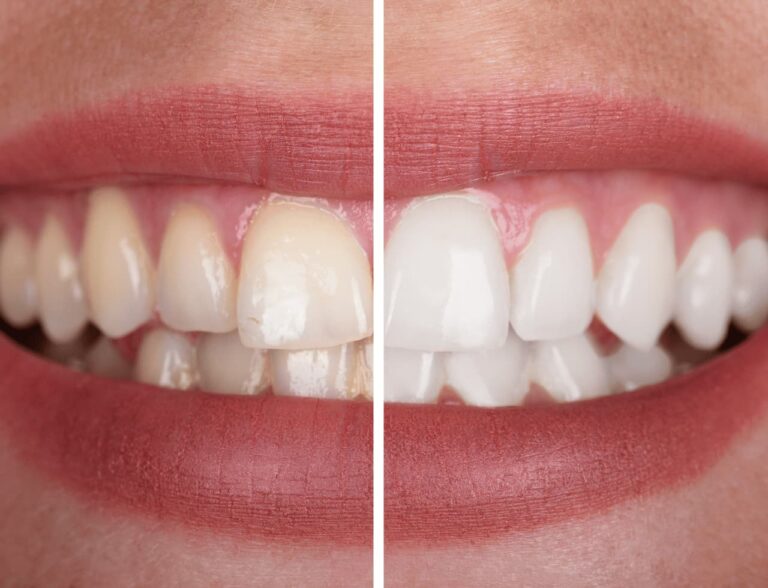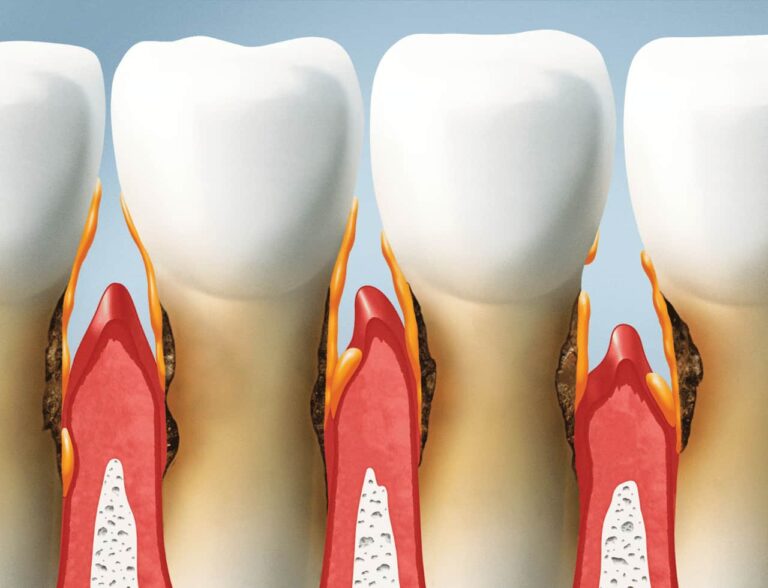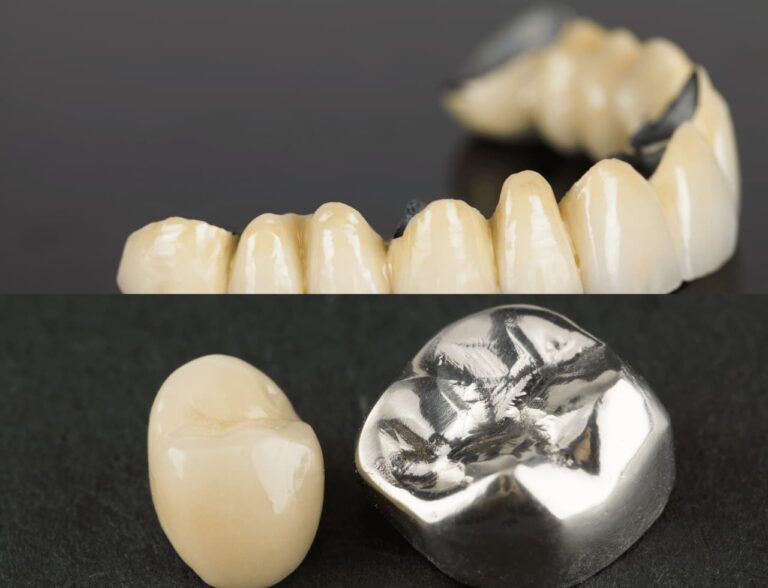Porcelain & Composite Fillings
porcelain filling- onlay
Porcelain & Composite Fillings Specialist at Smilebook Dental
Dental bondings and onlays can be an excellent way to treat and conceal tiny to big regions of decay. To construct long-lasting restorations for their Hyderabad City patients, the dentists at Smilebook Dental use high-quality materials, advanced technologies, and advanced techniques, resulting in natural-looking results that are nearly unnoticeable.
Porcelain Fillings at Smilebook Dental
Before we discuss about using Porcelain & Composite Fillings to restore teeth, we want to make sure that our patients are aware of the reasons for these restorations and why they are necessary.
Tooth cavity
Dental decay is the most prevalent dental issue. Dental tooth decay, commonly known as dental caries, is a lesion that develops inside the dentin layer of the tooth. Caries can form in any area of the tooth, as well as on the exposed root surface. The top or bottom (occlusal) surfaces of the back (posterior) teeth inside the fissures of the tooth are the most likely places for it to occur. Degeneration at the mesial and distal (interproximal) levels is also prevalent. Between the teeth, a cavity develops. The mesial surface is located in the front of your mouth, while the distal surface is located in the back.
Preventive measures to avoid decay
There is no miracle cure for tooth decay, no red wine, no coconut oil, no other gimmicks, except for drinking fluoride water. The rest is up to you and your oral hygiene routine’s consistency and regularity.
Brushing your teeth properly at least twice a day is the most effective strategy to avoid decay.
Brushing alone isn’t always enough because the toothbrush’s bristles can’t always get in between the teeth to remove all of the food particles stuck there. As a result, flossing on a regular basis is critical for preventing interproximal decay.
The sealant is a therapeutic treatment for preventing the formation of occlusal decay. The sealant is applied to the occlusal surface of the permanent tooth by a dentist or a dental hygienist before any signs of decay appear.
Treating tooth cavity with porcelain fillings
The only way to keep a tooth cavity from expanding is to remove it from the tooth after it has formed. Complete cavity removal is not possible at home because it necessitates the use of dental instruments such as drills and others. Following the dentist’s removal of the decay, the tooth must be repaired with the appropriate material.
Dental bonding, also known as composite filling, as well as ceramic onlays and inlays, serve the same goal. They repair teeth that have been damaged by decay. Teeth that require restorations with dental filling materials and onlays, as opposed to dental crowns, may have much more tooth structure left than teeth that require root canal therapy.
Based on the size of the restoration required, your dentist will recommend the most appropriate restoration type for the compromised tooth.
If the decay was minor and didn’t spread to adjacent surfaces, i.e. e. If only the occlusal or lingual surface of the tooth needs to be restored, a composite filling can be an ideal alternative.
If decay has spread to multiple surfaces of the tooth, a ceramic onlay or inlay is usually the superior option.
What happens during dental Composite bonding procedure?
First, decay is completely removed, and the area is cleaned of debris. Then, an etching solution will be applied to the tooth surface to make it rough so the bonding material “sticks” better. Once the tooth surface is prepared, the bonding resin is applied to the area layer by layer to ensure the strongest possible bond as the restoration is “built” on the tooth surface. The resin material is carefully shaped to ensure it looks like your natural tooth. Once the resin bonding material is in place and shaped, a curing light will be used to help strengthen the material, and the resin will be gently buffed for beautiful, natural-looking results that blend beautifully with your other teeth.
What happens during dental onlay preparation?
The procedure for a dental onlay requires two visits. Whether you require a ceramic onlay or an inlay, the preparation is the same.
Anesthesia may be required during the initial visit. The decayed section of the tooth is then removed, and the treatment area is thoroughly cleansed.
Once the tooth is free of decay, an impression of the tooth is necessary. In many locations, a dentist will apply a colourful “putty” to the imprint tray, which the patient bites and retains in their mouth for several minutes. The tray is then removed. A reline of the impression is frequently required to produce clear margins. A patient must bite down on the impression tray once more once the additional material has been placed around the tooth.
A 3D scanner can be used by our dentists to create digital imprints. 3D scanners make impressions that are faster, more precise, and waste-free. Smilebook Dental takes pride in being environmentally friendly.
After taking an imprint, the dentist matches the shade of the future onlay to the tooth. After that, the impression and shade are sent to the lab. A temporary substance is used to close the gap in the tooth.
The onlay is glued to the tooth with a specialist adhesive at the second visit, and then softly polished to ensure that it fits comfortably.
Onlay vs. inlay in dentistry
These two dental procedures have a lot in common. They repair teeth that have been decayed or worn out. They’re made of the same porcelain or ceramic substance. They both last the same amount of time. The way they fit into the tooth and the quantity of tooth structure they can replace are the two main differences. They’re both glued to the interior of the tooth. Unlike inlays, onlays extend to the occlusal surface and cover one or more cusps (the elevated area of the tooth).
Onlay vs. crown: which is better?
Onlays and crowns are both used to cure large regions of decay, but crowns are designed to cover the entire tooth, whereas onlays simply cover the decayed area. A metal filling or a crown were the only two options for restoring decay in the past. Ceramic onlays can now restore teeth that would have required crowns in the past, thanks to developments in aesthetic dentistry. Dentists can now save teeth without removing as much of the tooth structure by using onlays instead of crowns. After root canal therapy, crowns are still suggested to strengthen teeth and replace fractured teeth.
Veneers vs. dental bonding
Bonding is usually less expensive than veneering. A single appointment is required for bonding, whereas veneers require two visits: one to prepare the tooth and take an impression that is sent to a dental lab, and the second to place the veneer. Bonding resin, on the other hand, is not as strong as the porcelain used in veneers, thus it will not last as long. Unlike porcelain veneers, it stains.
Check out our before and after pictures for porcelain onlays and dental bondings.
Smilebook Dental is conveniently located in Hyderabad and is open seven days a week, giving our patients more scheduling options. We have grown into a multi-specialty facility with over 12 years of cosmetic and general dentistry experience, allowing us to help you with any dental issue, including porcelain fillings, all in one place.
Schedule a free consultation with one of our dentists or a new patient appointment for a dental checkup and teeth cleaning now if you suspect you may have tooth decay.






